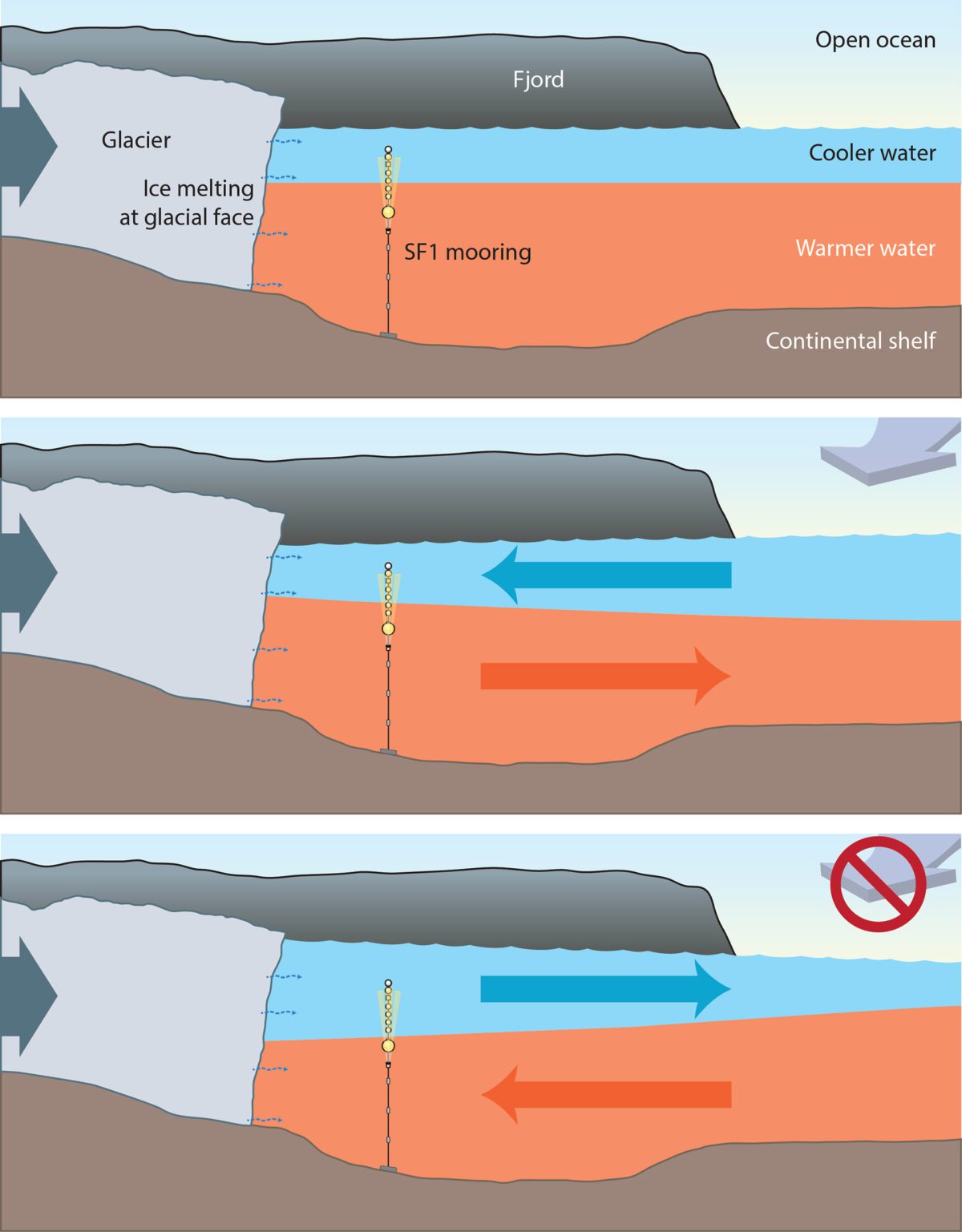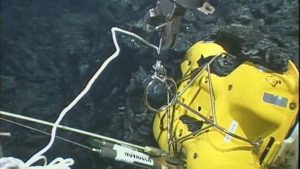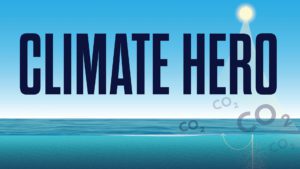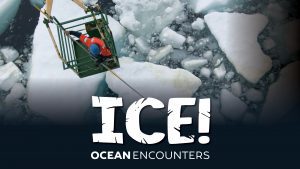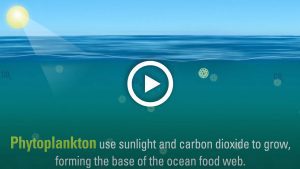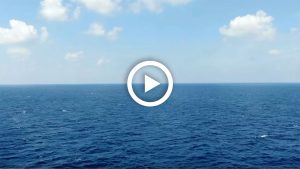1) The researchers are investigating fjords as links between glaciers and the open ocean, and in particular, the role of warming ocean waters and underwater glacial melting in accelerating the flow of glacial ice into the ocean. If more ice melts into the ocean than accumulates on the ice sheet via snowfall, global sea levels rise. Sermilik Fjord links the terminus of the Helheim Glacier to the open ocean off Greenland’s continental shelf. Cooler, fresher water lies atop denser, warmer, saltier water below.
2) The moorings instruments showed that fast currents shot up and down the fjord, driven by winds and ocean currents outside the fjord. Winds blowing along the coast drove the top layer in through the fjord toward the glacier, displacing bottom-layer waters outward.
3) When winds died down, the currents reversed direction. The process constantly flooded the fjord with new water, transmitting ocean water temperature changes on the continental shelf through the fjord toward the glacier. Understanding this phenomenon might be important for predicting how changing ocean conditions could affect the acceleration of glacial ice into the ocean and the rise in global ocean sea level. (Illustration by Jack Cook, © Woods Hole Oceanographic Institution)
Image and Visual Licensing
WHOI copyright digital assets (stills and video) contained on this website can be licensed for non-commercial use upon request and approval. Please contact WHOI Digital Assets at images@whoi.edu or (508) 289-2647.
